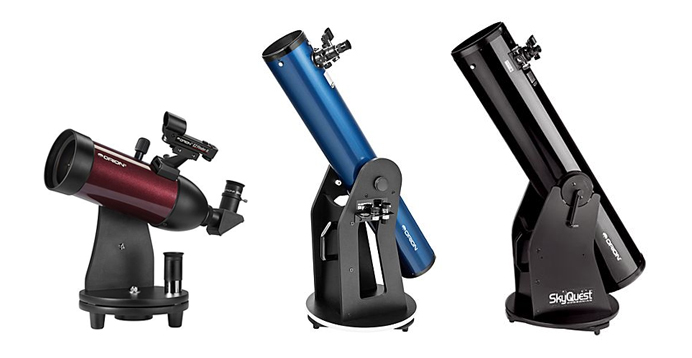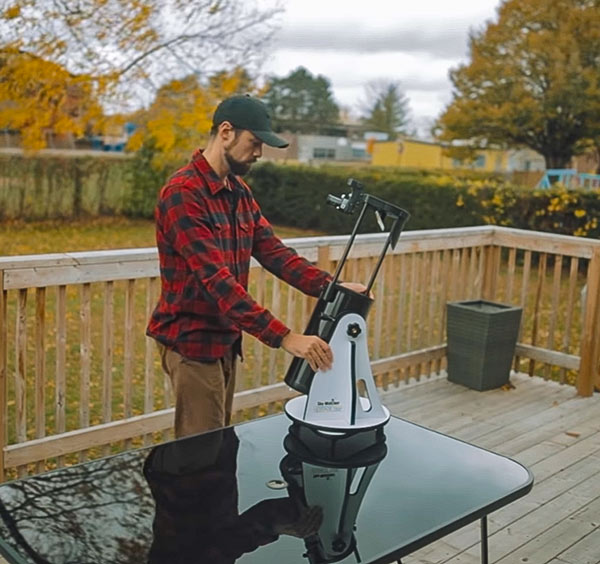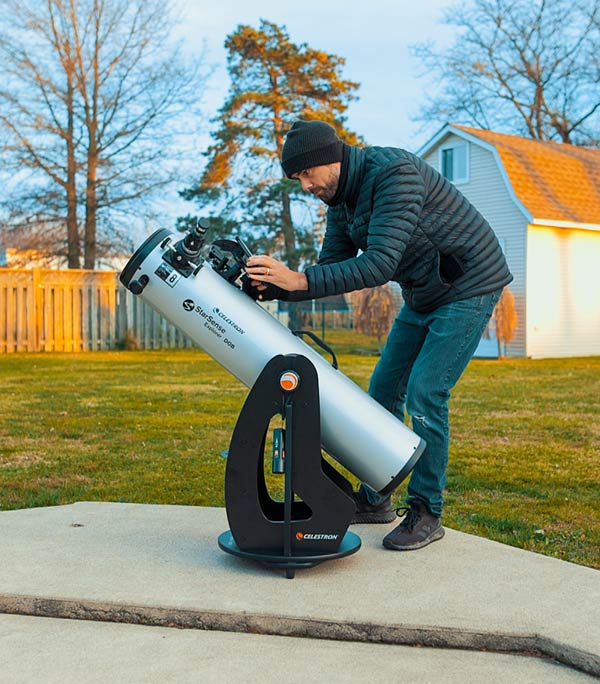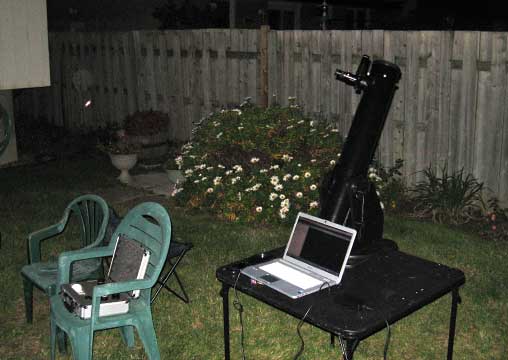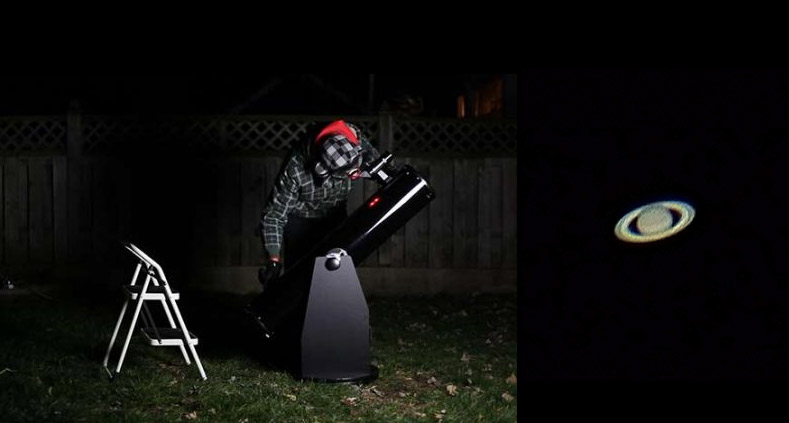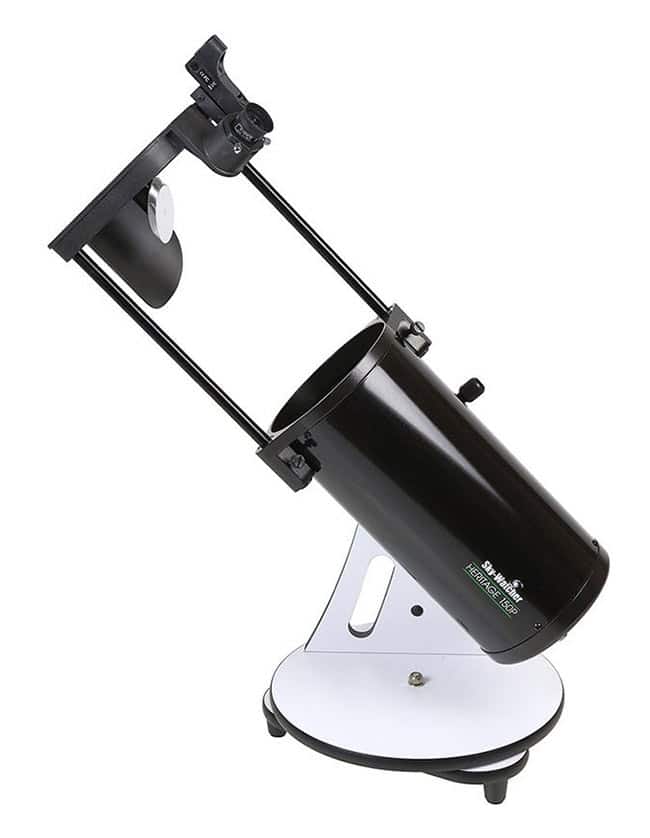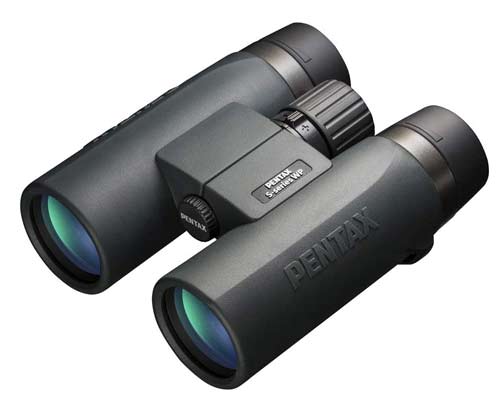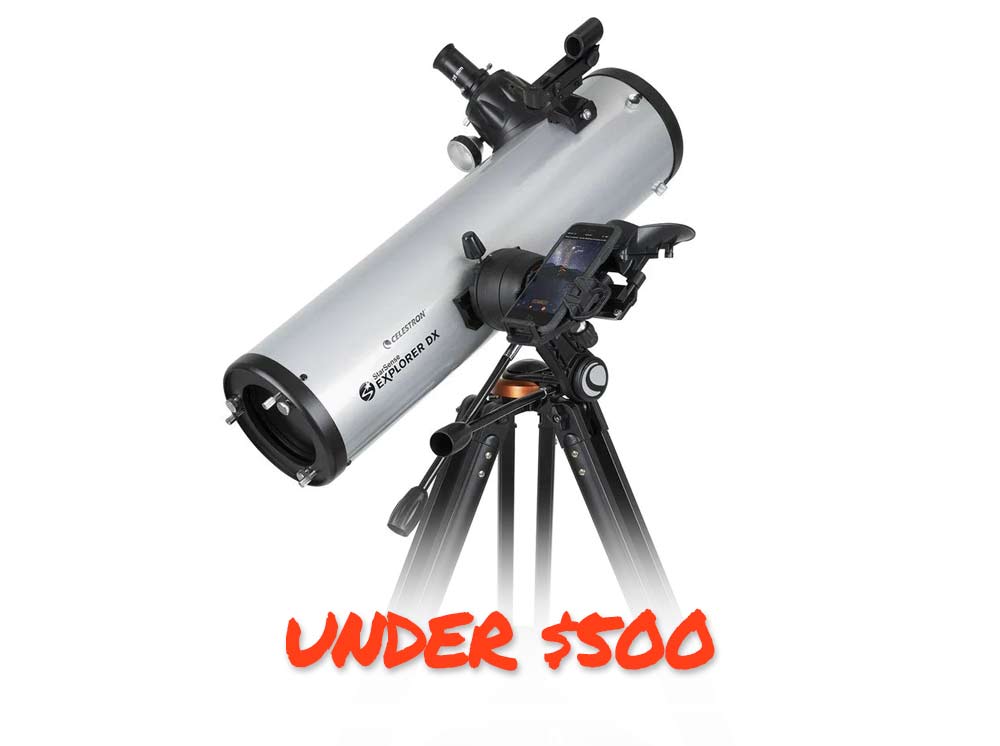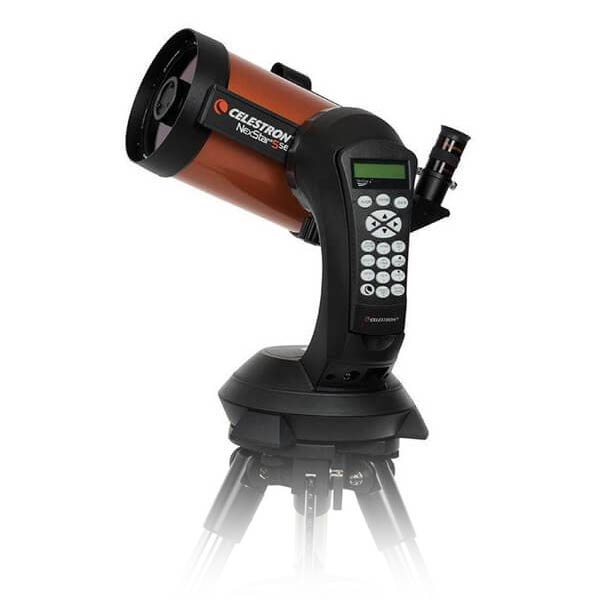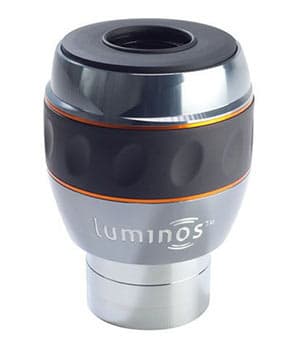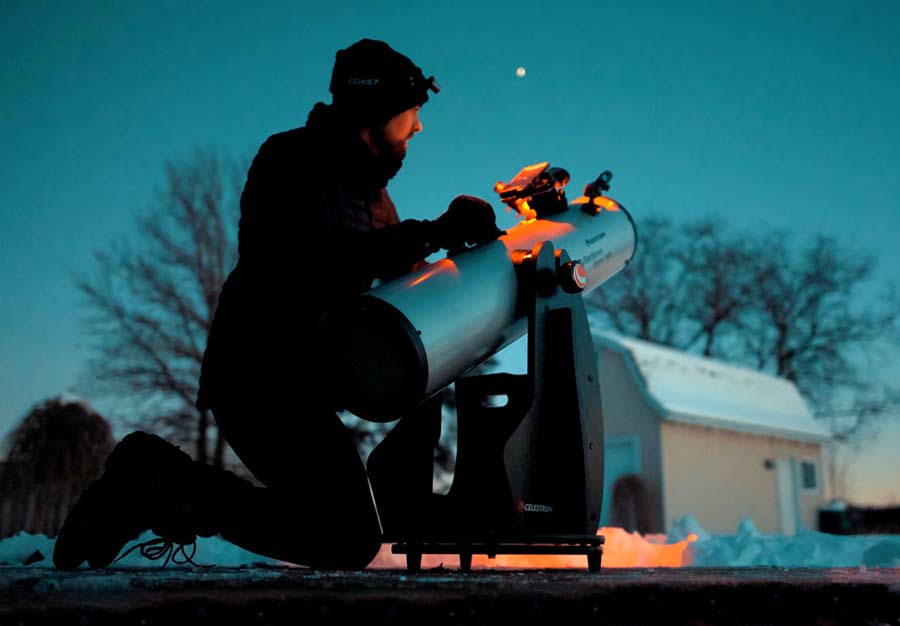How Much Does a Telescope Cost?
In this article, I will provide you with a basic understanding of how much a telescope costs. As you can imagine, depending on the type, size, and capabilities of the telescope you choose, the cost can vary significantly.
A quality optical instrument of any kind is not cheap, but in general, a mirrored system like a Newtonian Reflector offers the best value. Refractor telescopes using exotic glass are fantastic visual instruments but are the most expensive option in terms of price per inch of aperture.
After seeing some of the options available and what they do best, you can decide on your overall budget for a telescope. Then, you can focus on some practical choices for your interests (visual observing, astrophotography, etc.) and make an informed decision.
Since this article is aimed at beginners looking to buy their first telescope, the options I recommend are all visual observing telescopes, not meant for astrophotography. When you are ready to take on the challenge of taking photos through your telescope, you can find a list of recommended options here.
How Much Does a Telescope Cost?
A telescope can cost as little as $100, to well over $10,000. Expect a quality telescope for visual observing to start at a cost of about $300, and a telescope capable of deep-sky astrophotography to start at around $800 in 2022.
The advice I see given in social media groups is often misguided, and biased. The truth is, your first telescope does not have to be expensive to fully enjoy the hobby of astronomy and astrophotography. In this article, I will provide some fantastic options ranging in price from about $200 to $1000.
A tabletop Dob is an excellent telescope choice for those on a budget.
As a benchmark, expect to spend about $300 for a telescope with enough aperture (which affects the overall size and weight of the telescope) to truly enjoy viewing objects in the night sky like the planets in our solar system, or even a galaxy. If you have a limited budget of about $250, it is still possible to buy a telescope that can show you the moon in detail, and the larger planets like Saturn and Jupiter.
In my opinion, it is not possible to purchase a quality telescope for under $100, and doing so may result in a poor user experience and a night of frustration. You may have seen these types of cheap telescopes for sale at a big box store, made of plastic parts with a wobbly tripod. These are the telescopes that can ruin astronomy for someone just getting started.
You may find a great deal on used telescopes from an astronomy classified website or the ‘used’ section of a telescope retailer, but finding a quality telescope for under $100 is not realistic. I purchased most of my astrophotography equipment used when I was starting out, but as you can see in the graphic below, it was still not ‘cheap’ by any means.
My early astrophotography equipment was purchased used.
My very first telescope cost about $400, and it was an amazing entry point into astronomy. It allowed me to find and observe objects in the night sky like the Orion Nebula and the planet Saturn for the first time. It was a portable tabletop Dobsonian telescope with a large aperture (compared to other telescope designs) and a functional mount designed for manually pointing the telescope. Without this positive first experience, who knows if I would still be enjoying astronomy to this day?
A tabletop Dobsonian is my preferred choice in the budget-telescope category of about $250. The aperture is quite small in these models compared to their larger siblings, but the base and mounting system make it easier to locate your target and stay focused on it. The reflector design also allows more light to pass through to the eyepiece, delivering brighter views.
As you increase your budget to the $500-600 range, you can now take advantage of some of the telescopes with more aperture, and improved accessories like Plossl eyepieces and finder scopes. Newer models such as the Celestron StarSense lineup, even include dedicated mobile apps to help you locate objects in the night sky.
The Celestron StarSense Explorer Dob is an excellent beginner telescope. It costs $799.
It is not uncommon for astronomy and/or astrophotography enthusiasts to own multiple telescopes for various uses. For example, for visual observation and casual smartphone astrophotography, I like to use the Celestron NexStar 8SE. For deep-sky astrophotography, I prefer to use a wide-field refractor telescope like the Sky-Watcher Esprit 100, or Radian 75 Petzval APO.
If you are serious about astronomy, there is a good chance you will purchase another telescope after your first one. So don’t get discouraged about your limited budget to start with. As your passion for astronomy grows, you can save for a bigger and better telescope down the road as you discover what is most important to you.
For some people, having a telescope that is lightweight and portable is important because of physical limitations. Others are willing to build and lift a big telescope outside for observing if it means they can enjoy deeper, brighter views through the eyepiece. Each person has their own needs and expectations, which is why there is no ‘one-size-fits-all’ option for everyone (at any price range).
My first telescope was a practical weight and size for my needs.
What Can You See With a Telescope?
Depending on the type of telescope you choose, its aperture, and your observing location, the number of objects you can successfully observe in the night sky will change. For example, the Triangulum Galaxy will appear as a faint object in an 8-inch Dobsonian under dark skies, while it will be nearly impossible to spot using a 70mm refractor telescope from the city.
Thankfully, certain targets are obtainable from nearly any location, with any telescope. To make it easier to point your telescope toward these objects, use your low-power eyepiece first, and then swap it out for a higher-powered one once you have it centered.
The Moon
The moon is one of the first objects in the night sky you will likely observe with your telescope. That is because it is easy to find, and something you have likely always wanted to see up close. Every telescope on my list of recommendations below is capable of viewing the moon in detail with the right eyepiece. Some telescopes will show a brighter, closer view than others, but the moon is a great way to start enjoying your telescope.
A close-up of the moon’s surface through a telescope.
Planets
The bright inner solar system planets (Mercury, Venus, Mars, Jupiter, and Saturn) are all possible with almost any telescope. They are bright objects (compared to galaxies, nebulae, and star clusters). However, their position in the sky changes throughout the year, and you will need to know where to look.
I highly recommended looking at the planet Saturn if it is available. Its dazzling rings are a sight to behold, and one of the few objects in a telescope everyone can enjoy (even if they are not interested in astronomy)! Jupiter is arguably equally as jaw-dropping, as you can even spot its 4 largest Galilean moons orbiting the gas giant.
My view of the planet Saturn through a Dobsonian Telescope.
Deep-Sky Objects
For smaller telescopes (100mm and under), most deep-sky objects such as galaxies and nebulae will be dim and difficult to find. However, there are a few practical choices that I suggest you try in this range.
- The Andromeda Galaxy
- The Orion Nebula
- The Dumbbell Nebula
- The Ring Nebula
- The Great Globular Cluster in Hercules
- The Pleiades Star Cluster
The more aperture the telescope has (the size of the objective) the more light-gathering power it has. So, as the size of the telescope increases, the brighter and more detailed the objects on this list above will appear. Even better, more deep-sky objects will be available for you to enjoy. For best results, set up your telescope at a dark sky location as far away from city light pollution as possible.
Recommended Telescopes at Each Price Range
All the packages include the optical tube assembly (OTA), a mount, a finder scope (or red dot finder), and an eyepiece. This means that you will have everything you need to start observing the night sky on the next clear night.
You may want to purchase some additional eyepieces (1.25″ Plossl’s are fine) and a Barlow lens to have some more options in terms of magnification. All of the telescopes on this list accept standard 1.25″ or 2″ eyepieces.
I recommend the Sky-Watcher Heritage 150P for those with a budget of about $300.
I find that tripod-mounted telescopes with Altitude Azimuth controls in this price range can cause unnecessary confusion and frustration. So, most of the mounts for these telescopes are a Dobsonian or a tabletop Dobsonian design.
You may also notice that there are no refractor telescopes on this list. While I think that a compact apochromatic refractor is the ultimate beginner astrophotography telescope, its small aperture leads to a disappointing view at the eyepiece, at least in this price range.
Under $300
These tabletop models are a great option for those on a limited budget. Although they lack the serious light-gathering power of a larger Dobsonian, the simple Newtonian reflector design provides the best bang for your buck.
Both of these models are capable of better views through the eyepiece than a 70-80mm refractor telescope thanks to a larger objective. The stable base provides a steady, vibration-free motion when panning across the night sky.
The tabletop Dobsonian design is meant to be placed on a flat surface so that you can look through the eyepiece at a comfortable height. Many people use an existing small outdoor patio table or purchase a collapsible, lightweight folding table solely for this purpose.
In this price range, you might want to consider investing in a quality pair of binoculars, which can provide an equally as rewarding experience. I personally enjoy the Pentax SD 10 x 42 binoculars for astronomy and bird-watching, and they are less than $300.
Consider a pair of quality binoculars if your budget is less than $300. Pentax SD 10 x 42 Binoculars.
$300 – $500
Although I am not a huge fan of tripod-mounted Alt-Az telescopes in this price range, the addition of the Celestron StarSense Explorer technology makes this a top model to consider. The dedicated smartphone app analyzes photos taken on your phone to determine the telescope’s exact position.
This allows you to discover new deep-sky objects in the night sky such as the brighter galaxies and nebulae. For the best views, be sure to use this telescope in a dark location, far away from city light pollution.
Related Post: The Best Astronomy Apps for Stargazing
$500 – $1,000
- Apertura AD8 Dobsonian
- Celestron StarSense Explorer Dob (8″)
- Celestron NexStar 4SE Computerized Telescope
If you can stretch your budget to the $700-$800 range, you will be rewarded with much more gratifying views at the eyepiece than a smaller telescope. The larger mirrors in the 8-inch Dobsonian telescopes provide bright, detailed images of the moon and planets.
The 6-inch aperture Celestron NexStar 5SE (the little brother to the NexStar 8SE) is the only option on my list that includes computerized GoTo functionality. The NexStar computer system includes a massive database of deep-space objects, and the telescope mount can point to them for you once the system has been properly aligned.
The Celestron NexStar 4SE is one of the few GoTo computerized telescope packages under $1000.
Recommended Telescope Eyepieces
A quality telescope eyepiece can completely change your telescope observing experience. A quality eyepiece will provide brighter, sharper views of the planets, moon, and stars.
Most telescopes comes with at least 1 eyepiece, and some include 2. The most common eyepieces to be included with your telescope are 1.25″ 10mm and 25mm Plossl eyepieces.
These eyepieces are a great start, because one can be used for deep-sky objects (25mm), and the other can be used for planets up-close 10mm). However, they are usually cheaper models that you can upgrade over time.
I personally prefer to use wide-field telescope eyepieces for the majority of my astronomical observing. This makes it easier to find objects in the night sky, and allows you to see large areas of the night sky at once.
The 2″ Celestron Luminos 23mm is currently my favorite eyepiece to use for visual astronomy.
Here are some of the eyepieces I have used with my telescope that I can recommend:
Celestron Luminos 23mm 2″ Eyepiece
This is a great mid-magnification eyepiece with a wide 82° field of view. It’s comfortable to use with retractable eyecups and includes a nice rubber grip. A great all-purpose eyepiece.
Apertura 32mm Super Wide Angle Eyepiece
I had a chance to use this eyepiece when testing out the Apertura 8-inch Dob a few years ago. The 70-deg apparent field of view and 32mm focal length makes for a great ultra-wide field eyepiece to scan large areas of the sky at once.
Final Thoughts
As you progress through the hobby of astronomy, you may realize that you want to purchase another type of telescope for a specific use. For example, it is nice to have a large aperture Dobsonian telescope for your backyard at home, but a smaller travel-friendly telescope is more practical for a camping trip.
Perhaps having an integrated smartphone app to help you locate objects is a priority to you, or maybe you prefer to enjoy the hunt of finding new objects on your own. The point is, today there are more options available than ever.
I have often heard, the best telescope is the one you use most, and I think you’ll soon find out what type of telescope that is for you. When it comes to visual observing from my backyard on a clear night, it is tough to match the wonderful experience of an 8-inch Dobsonian telescope.
No matter which telescope you choose for your budget, I hope this article has shed some light on the topic of how much a telescope costs. I believe the right telescope pays you back 10-fold with the incredible sights and experiences it provides.
